Lublin District S.S. Men and Women
Introduction
There were 491 labor camps established in General Government, of which 154 were situated in Lublin district. By December, 1942, still 20,000 Jews from the Lublin district were living in the district. In addition to Jews from eastern Poland, large groups of Jews from outside of Poland were transported into the Lublin district, and to many of these labor camps, beginning in 1940. Few survived.
Hans Frank became the Nazi's supreme administrative authority in the Lublin district. Each area in Lublin district had its own district chief (later called Gouverneur), in charge of their jurisdiction. Frank's administration had 12 governmental departments, each headed by a civil servant. Large cities were ruled by a mayor (Stadthauptmann). District chief of Lublin Ernst Zoerner eventually grew the German administration in Lublin district to more than 700 Nazis. On Nov. 9, 1939, Heinrich Himmler appointed Odilo Globocnik the S.S. and Police Leader in the Lublin district of the General Government territory. At a two hour meeting with Himmler on 13 October 1941, Globocnik received verbal approval to start construction work on the Belzec extermination camp, the first of its kind. Globocnik continued in his position, the chief exterminator of the Jews, until August 1943, when he was succeeded by Jakob Sporrenberg. In November, 1943, Sporrenberg and F. Wilhelm Krueger organized the Operation "Harvest Festival" (Aktion Erntefest), which effectively removed almost all Jews from the Lublin district via mass extermination. The ten counties of the district were: Lublin (Land), Pulawy, Radzyn, Biala Podlaska, Chelm, Hrubieszow, Zamosc, Bilgoraj, Janow Lubelski, and Krasnystaw. Lublin and Chelm had German
mayors appointed. Those with a ~ symbol after their name are confirmed as participating in Aktion Erntefest, the murders of more than 43,000 Jews on Nov. 3-4, 1943. This action was ordered as revenge for the Jewish escapes from Treblinka and Sobibor. The Aktion Erntefest murders of 44,000 Jews in Nov. 1943 took place at Majdanek, Dorohucza, Naleczow, Poniatowa and Trawniki camps. We can therefore assume that the S.S. personnel at these camps were responsible for the murders. Therefore, the absence of the ~ does not indicate innocence. We can and should assume that all personnel from these camp locales were involved.
• NAZIS and COLLABORATORS in LUBLIN-MAJDANEK and LUBLIN DISTRICT (S.S. at German Government, Majdanek staff [including women], Majdanek commanders and stormstroopers, Majdanek block leaders and guards, Lipowa 7 operatives, S.S. at Lublin Airfield Camp, S.S. in Lublin [city of], Gendarmerie Battalion Gresser/Schwieger, Police Battalion 101 and Dirlewanger Brigade and other units involved in the Aktion Erntefest)
• OTHER NAZIS and COLLABORATORS IN THE LUBLIN DISTRICT (S.S. in Annopol, Belzec Death Camp, Bilgoraj, Biskupice, Budzyn, Bychawa, Chelm, Cycow, Dorohucza Camp, Frampol, Grabowiec, Hrubieszow, Izbica, Janiszow Labor Camp, Jozefow, Komarow, Krasnik, Krasnobrod, Krasnystaw, Janow Lubelski, Leczna, Lubartow, Modliborzyce, Niedrzwica Duza, Osowa Labor Camp, Opole Lubelskie, Ostrow Lubelski, Parczew, Piaski, Pioatrowice, Pulawy, Rachanie, Radzyn Podlaski, Rejowiec, Sawin, Szczebrzeszyn, Tomaszow Lubelski, Trawniki Labor Camp, Turobin, Tyszowce, Uchanie, Wlodzimierz Volynsky (Ludmir/Vladimir Volynsky), Wlodawa, Wysokie, Zaklikow, Zakrzowek, Zamosc, Zolkiewka)
• S.S. OPERATIVES DURING THE HOLOCAUST IN THE LUBLIN DISTRICT (S.S. at Belzec, Sobibor, Poniatowa, Trawniki, Lipowa 7, Budzyn, Dorohucza). Majdanek S.S. are excluded from the listing and are instead in the above listing.
• PHOTOS OF MISCELLANEOUS S.S. OPERATIVES IN THE LUBLIN DISTRICT (S.S. at Belzec, Sobibor, Reserve Battalion 101, Poniatowa Labor Camp, and more.)
Return to Lublin Index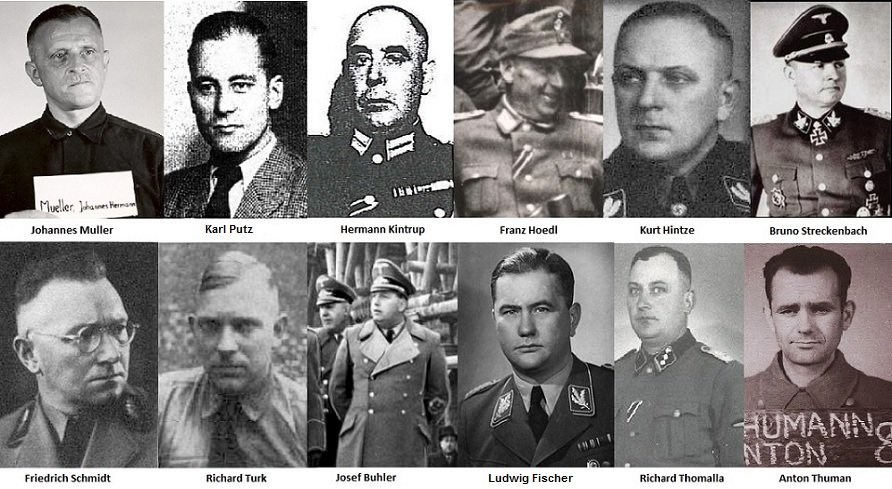

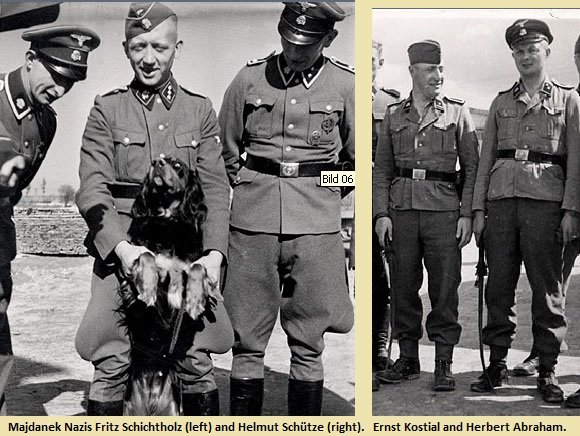
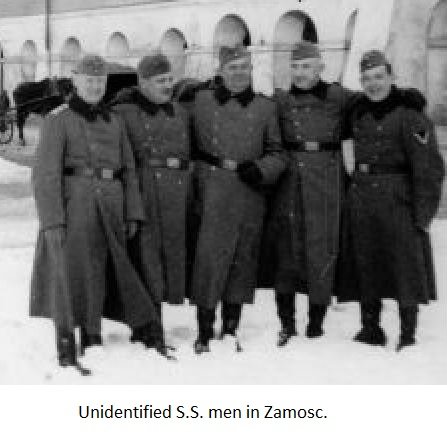
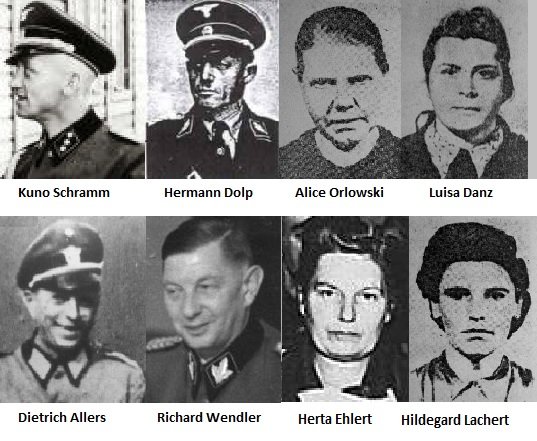





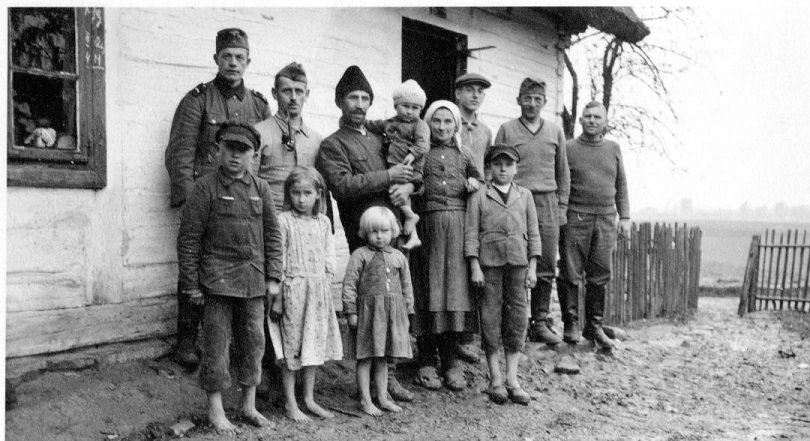
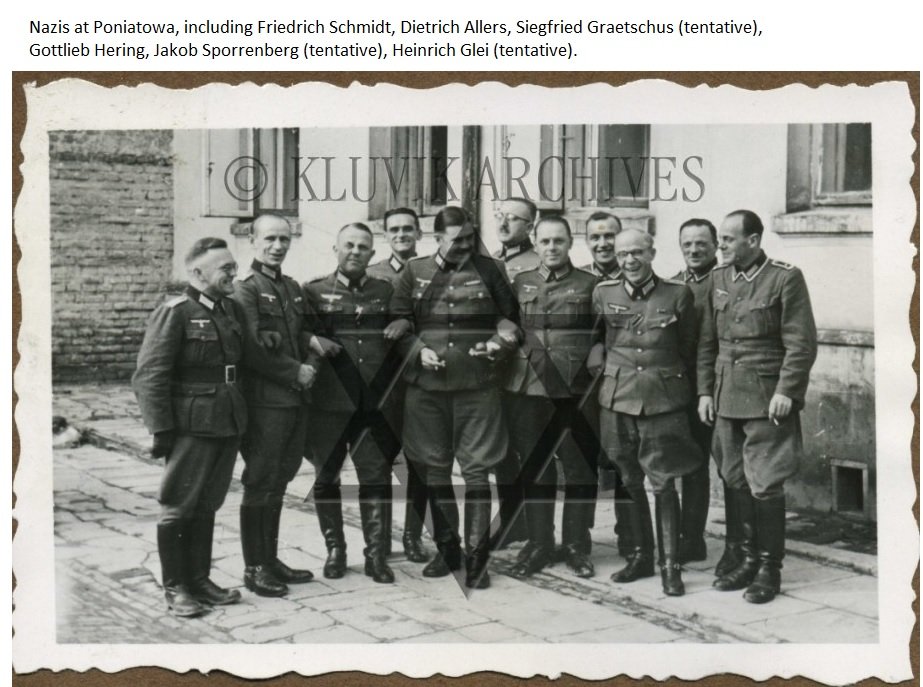
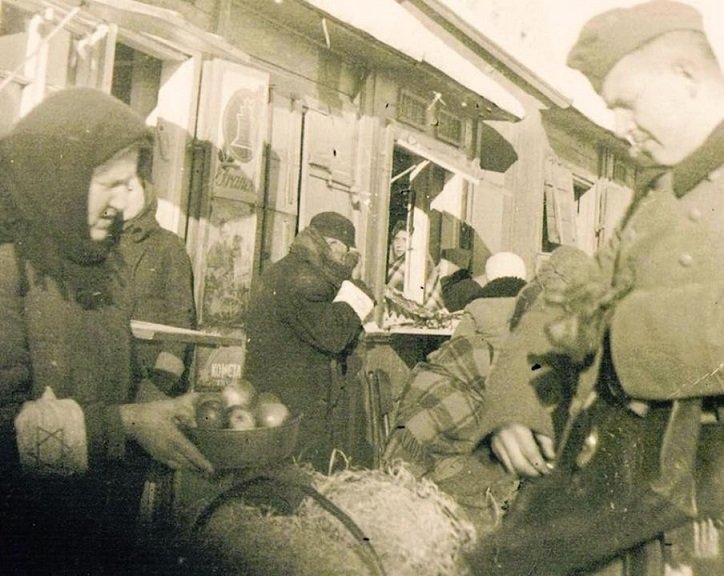

ADDITIONAL RESOURCES
• Zentralbauletiung der Waffen SS und Polizei in Lublin
Includes data about KGL (Kriegsgefangenenlager) Lublin and "Lager F" in Lublin
• Records from trials at the District Court in Zamosc, 1945‒1966
Listing is for crimes committed by the Germans and their collaborators.
• Struktura Osobowa Wladz Obozu Koncentracyjnego Na Majdanku by Zofia Leszczynska
This book includes an alphabetical list of the Nazi SS authorities of Majdanek, both male and female.
Lists last name, first name, date of birth, rank and function at Majdanek. Followed by photos of 56 guards.
• Procesy zbrodniarzy Majdanka i stan aktualnie prowadzonych sledztw by Anna Wisniewska
This book includes a list of 14 of the Nazi SS authorities of Majdanek Camp.
